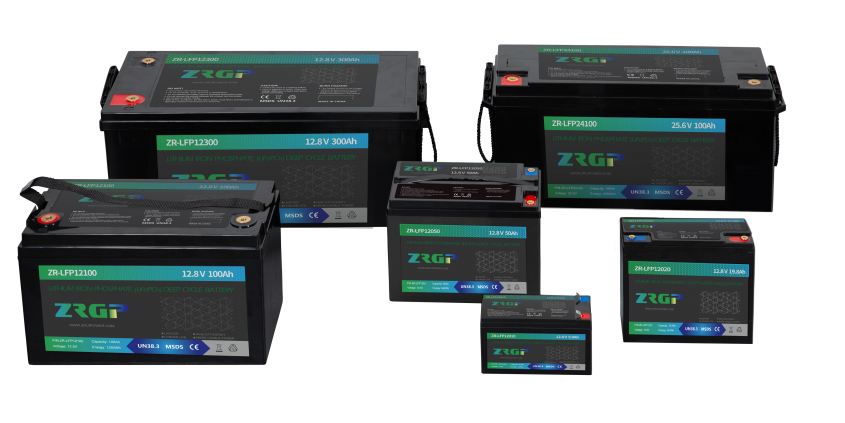Why Are LiFePO4 Batteries So Expensive?
Lithium Iron Phosphate (LiFePO4) batteries have been creating quite a buzz lately. People are curious about them because these batteries boast some serious advantages: long lifespan, impressive safety, and environmental friendliness. However, with all these perks comes a significant downside—they tend to be pricier than other battery types. So, what makes them so expensive?
Let’s dive deep into what makes LiFePO4 batteries tick and why they carry such a high price tag. From raw materials to complex manufacturing processes, there’s a lot that goes into the cost of these batteries.
Raw Material Costs
Lithium and Phosphate: Key Components
LiFePO4 batteries use lithium and phosphate, both of which are costly materials. While lithium is common in batteries, the specific lithium-iron-phosphate composition used in LiFePO4 cells requires careful sourcing and handling, adding to the overall price.
Supply Chain Challenges
Getting these materials isn’t always easy. The supply chain can be affected by global issues like resource availability, geopolitical factors, and demand from other industries.
Manufacturing Complexities
Advanced Technology and Equipment
Producing LiFePO4 batteries is no simple task. The process requires cutting-edge technology and specialized equipment, driving up manufacturing costs.
Precision and Quality Control
Every cell must be carefully assembled and tested to meet high safety and performance standards. This level of precision means extra time, resources, and, ultimately, a higher price.
Research and Development Investments
Innovation Costs
To keep up with the demand for safer, more efficient batteries, manufacturers invest heavily in R&D. These costs are often passed on to the consumer.
Certification and Testing Requirements
LiFePO4 batteries undergo rigorous testing and certification to ensure they meet international standards. These compliance steps add both time and cost to the production process.
Environmental and Regulatory Compliance
Eco-Friendly Production Standards
With rising environmental concerns, many LiFePO4 manufacturers strive for eco-friendly production methods. This commitment to sustainability can increase costs.
Meeting International Safety Standards
Compliance with global safety standards, such as UN and UL certifications, requires additional testing and adjustments, contributing to the overall cost.
Comparison of LiFePO4 with Other Battery Types
LiFePO4 vs. Lead-Acid Batteries
Cost Differences
Lead-acid batteries are cheaper to produce, but they lack the lifespan and efficiency of LiFePO4 batteries, making them less cost-effective over time.
Performance Differences
While lead-acid batteries are suitable for lower-power applications, LiFePO4 batteries excel in high-demand situations due to their superior energy density and durability.
LiFePO4 vs. Lithium-Ion Batteries
Why LiFePO4 Is More Expensive
Standard lithium-ion batteries are generally cheaper than LiFePO4 batteries because they use different materials and production methods. However, they don’t offer the same level of safety.
Safety and Longevity Factors
LiFePO4 batteries are often chosen over lithium-ion for applications where safety and longevity are paramount, such as electric vehicles and solar storage systems.
Benefits That Justify the Price
Enhanced Durability and Lifespan
LiFePO4 batteries can last over 10 years with minimal degradation, making them a cost-effective option in the long run.
Lower Long-Term Costs
While the upfront cost is higher, the extended lifespan and lower maintenance of LiFePO4 batteries can save money over time.
Eco-Friendliness and Safety
LiFePO4 batteries are less toxic and safer to handle, adding an environmental advantage that’s worth the investment for many consumers.
In conclusion, LiFePO4 batteries are expensive for a reason. Their superior safety, durability, and eco-friendliness come at a cost. From raw materials and manufacturing to R&D and regulatory compliance, several factors drive up the price of these batteries. While they may have a higher upfront cost, the long-term benefits of LiFePO4 batteries make them a worthwhile investment for many applications.



